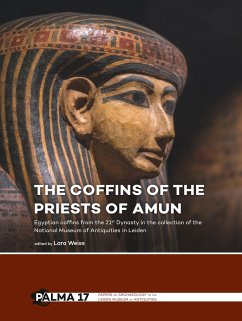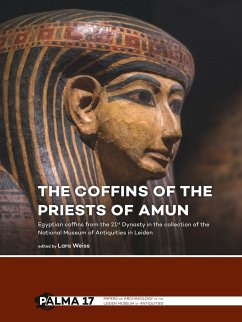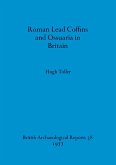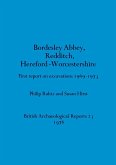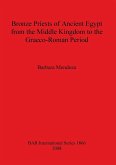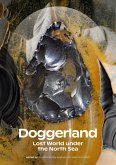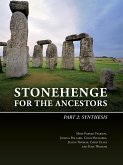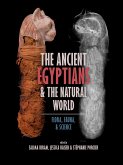Ancient Egyptian coffins provided a shell to protect the deceased both magically and physically. They guaranteed an important requirement for eternal life: an intact body. Not everybody could afford richly decorated wooden coffins. As commodities, coffins also pl ayed a vital role in the daily life of the living and marked their owner's taste and status. Coffin history is an ongoing process and does not end with the ancient burial. The coffins that were discovered and shipped to museums have become part of the National heritages. The Vatican Coffin Project is the first international research project to study the entire use-life of Egyptian coffins from an interdisciplinary perspective.
This edited volume presents the first Leiden results of the project focusing on the lavishly decorated coffins of the Priests of Amun that are currently in the collection of the Dutch National Museum of Antiquities. Six chapters, written by international specialists, present the history of the Priests of Amun, the production of their coffins and use-life of the coffins from Ancient Egypt until modern times. The book appeals to the general public interested in Egyptian culture, heritage studies, and restoration research, and will also be a stimulating read for both students and academics.
Contents
Chapter 1: The Vatican Coffin Project
Alessia Amenta, Christian Greco, Ulderico Santamaria, and Lara Weiss
Chapter 2: The 21st Dynasty: The theocracy of Amun, and the position of the Theban priestly families.
Gerard P. F. Broekman
Chapter 3: The Tomb of the Priests of Amun at Thebes: The history of the find
Rogério Sousa
Chapter 4: The coffins in Leiden
4.1. The Letters of Willem Pleyte
Liliane Mann
4.2 Lot XI in Leiden
Christian Greco and Lara Weiss
Chapter 5: Painting techniques of the Leiden coffins
Elsbeth Geldhof
Chapter 6: Coffin Reuse in Dynasty 21: A Case Study of the Coffins in the Rijksmuseum van Oudheden
Kathlyn M. Cooney
Hinweis: Dieser Artikel kann nur an eine deutsche Lieferadresse ausgeliefert werden.
This edited volume presents the first Leiden results of the project focusing on the lavishly decorated coffins of the Priests of Amun that are currently in the collection of the Dutch National Museum of Antiquities. Six chapters, written by international specialists, present the history of the Priests of Amun, the production of their coffins and use-life of the coffins from Ancient Egypt until modern times. The book appeals to the general public interested in Egyptian culture, heritage studies, and restoration research, and will also be a stimulating read for both students and academics.
Contents
Chapter 1: The Vatican Coffin Project
Alessia Amenta, Christian Greco, Ulderico Santamaria, and Lara Weiss
Chapter 2: The 21st Dynasty: The theocracy of Amun, and the position of the Theban priestly families.
Gerard P. F. Broekman
Chapter 3: The Tomb of the Priests of Amun at Thebes: The history of the find
Rogério Sousa
Chapter 4: The coffins in Leiden
4.1. The Letters of Willem Pleyte
Liliane Mann
4.2 Lot XI in Leiden
Christian Greco and Lara Weiss
Chapter 5: Painting techniques of the Leiden coffins
Elsbeth Geldhof
Chapter 6: Coffin Reuse in Dynasty 21: A Case Study of the Coffins in the Rijksmuseum van Oudheden
Kathlyn M. Cooney
Hinweis: Dieser Artikel kann nur an eine deutsche Lieferadresse ausgeliefert werden.

